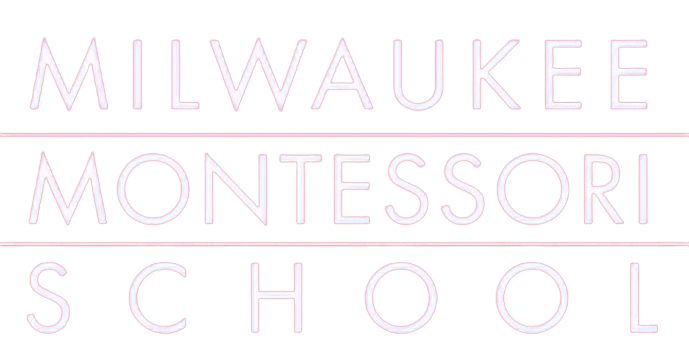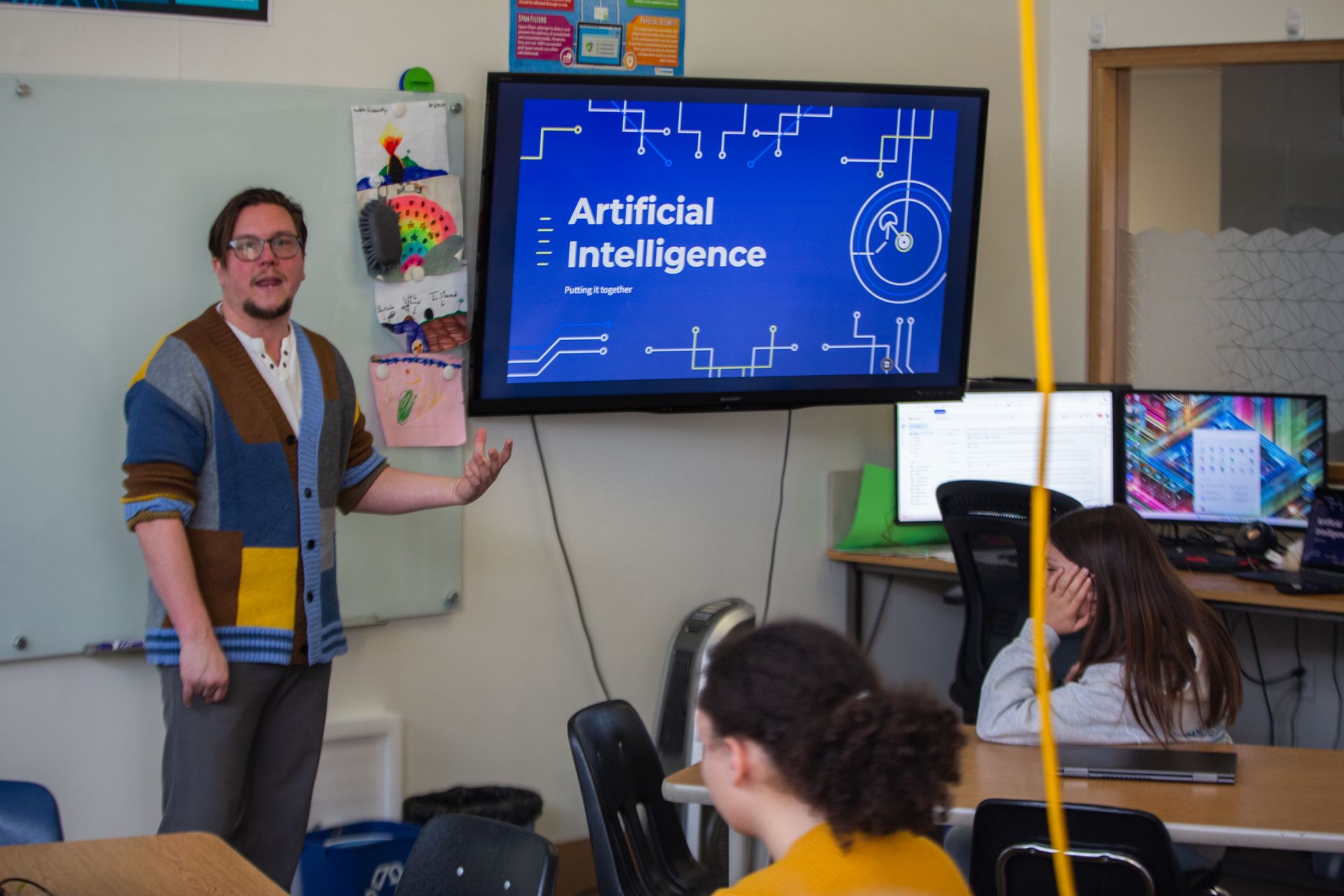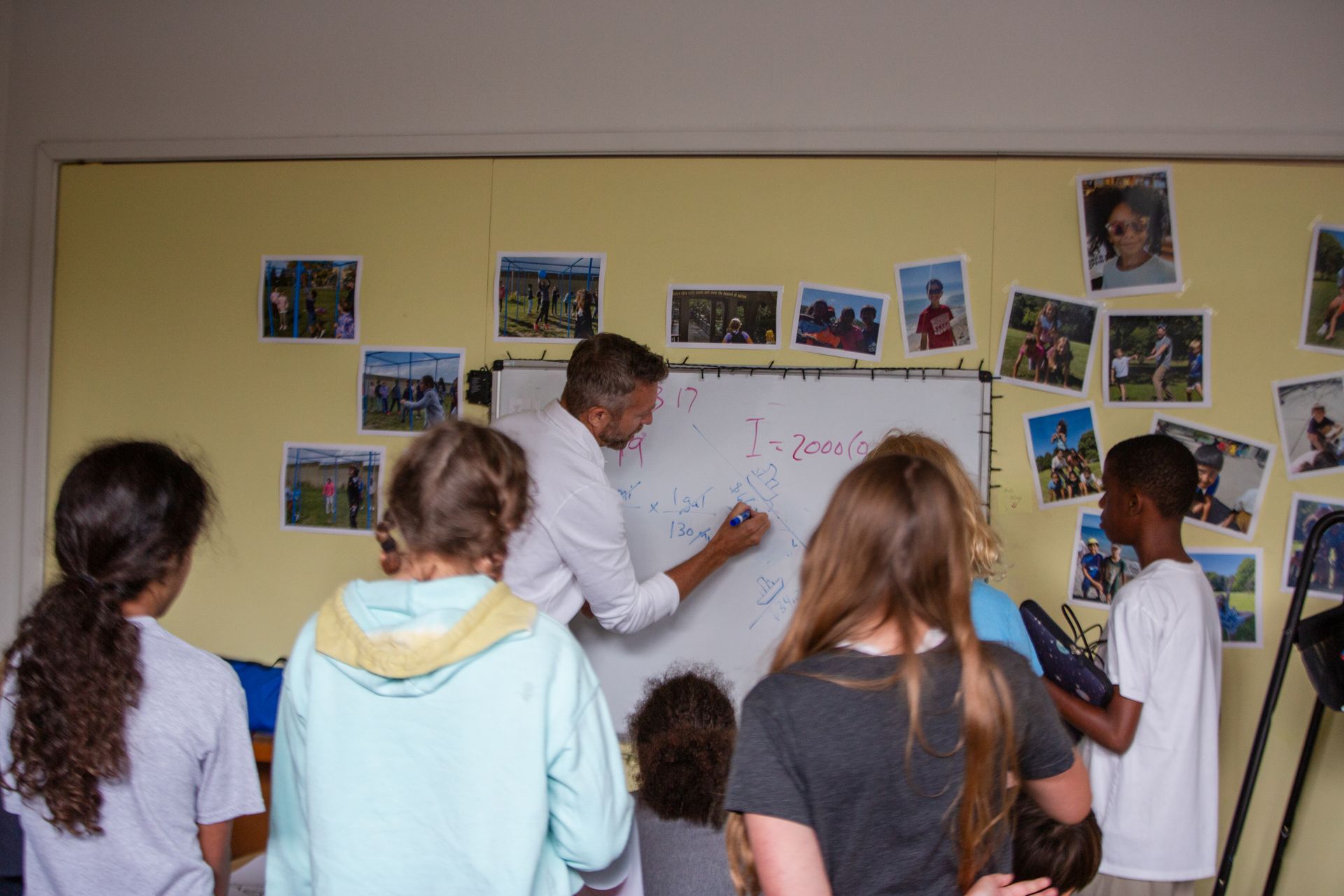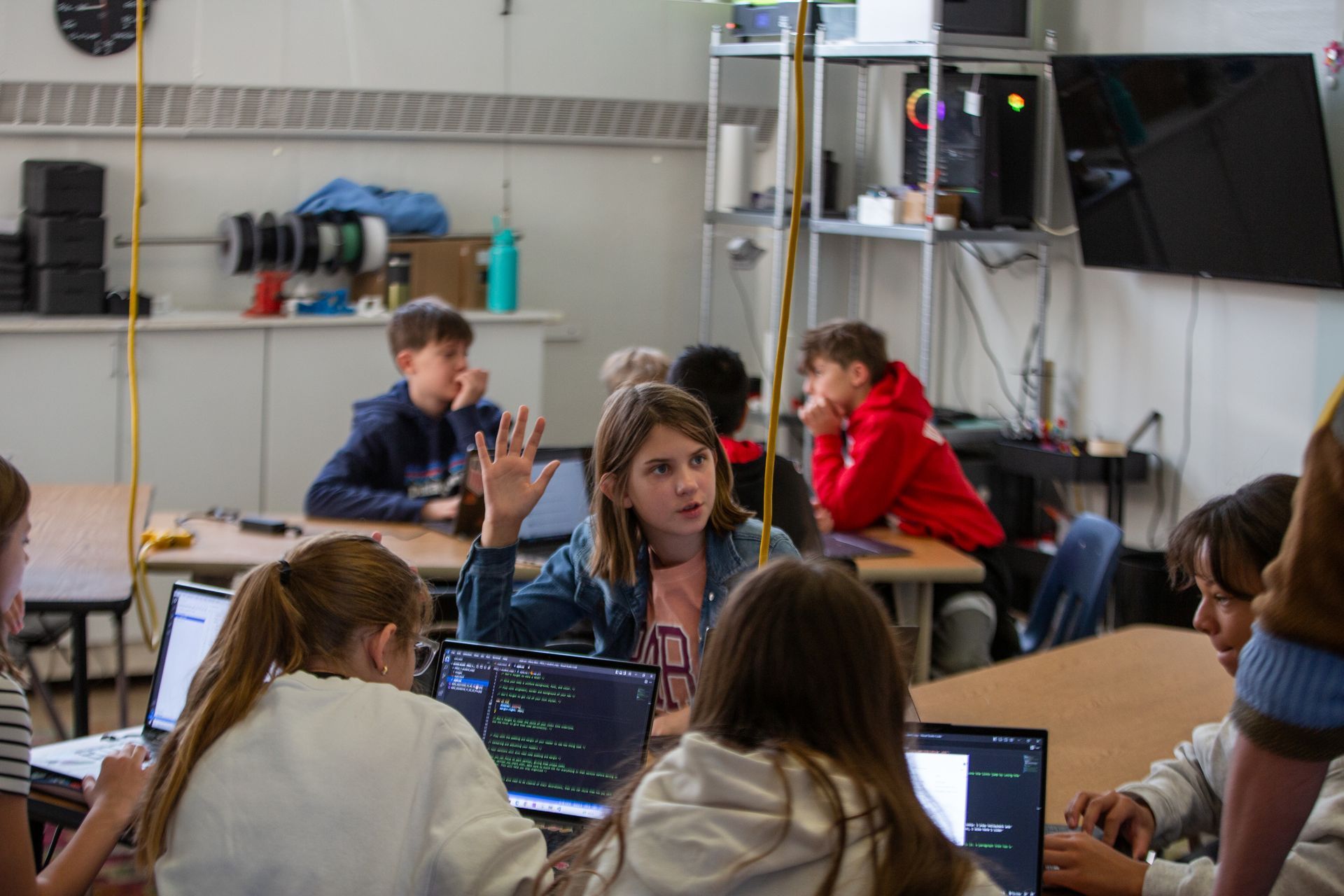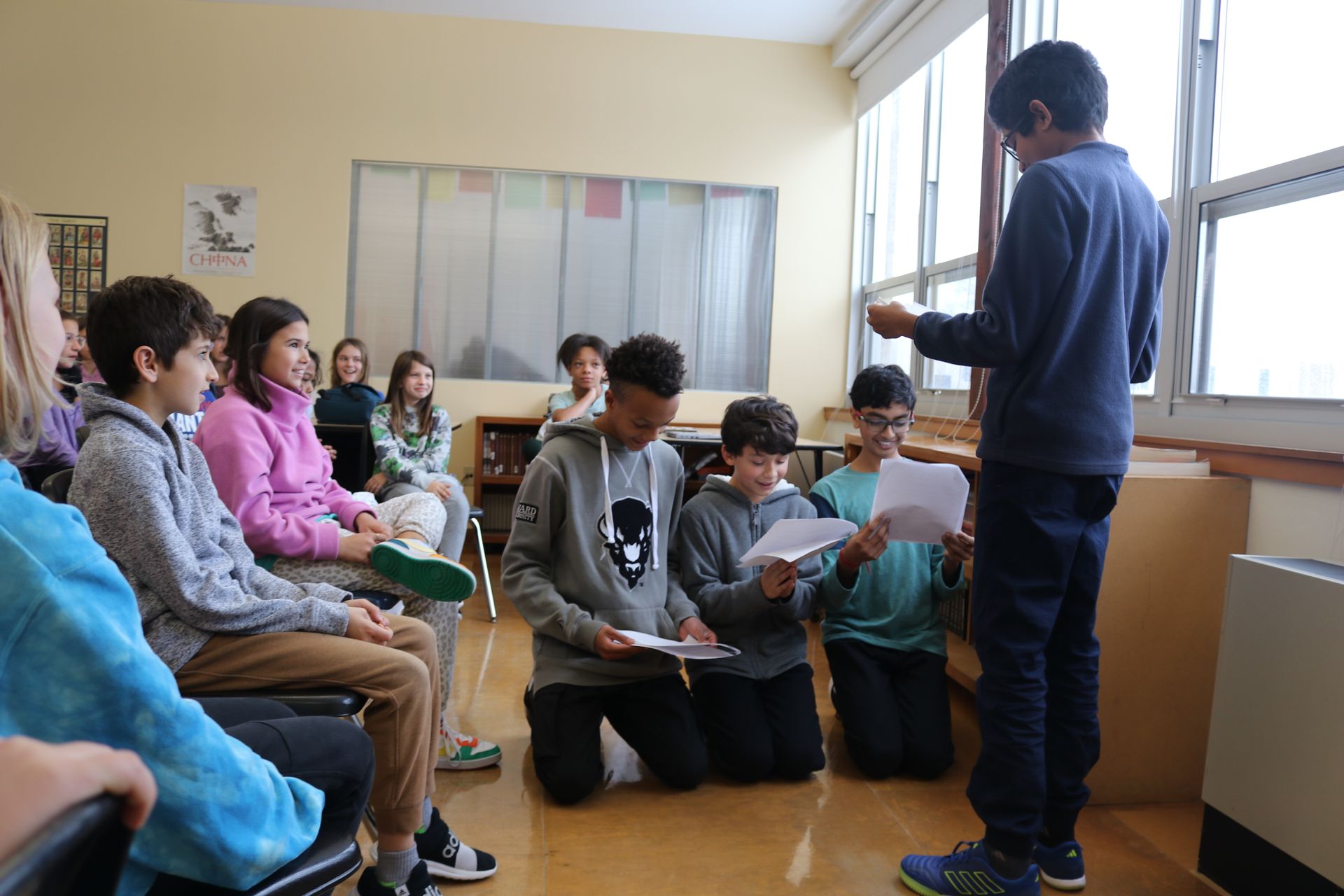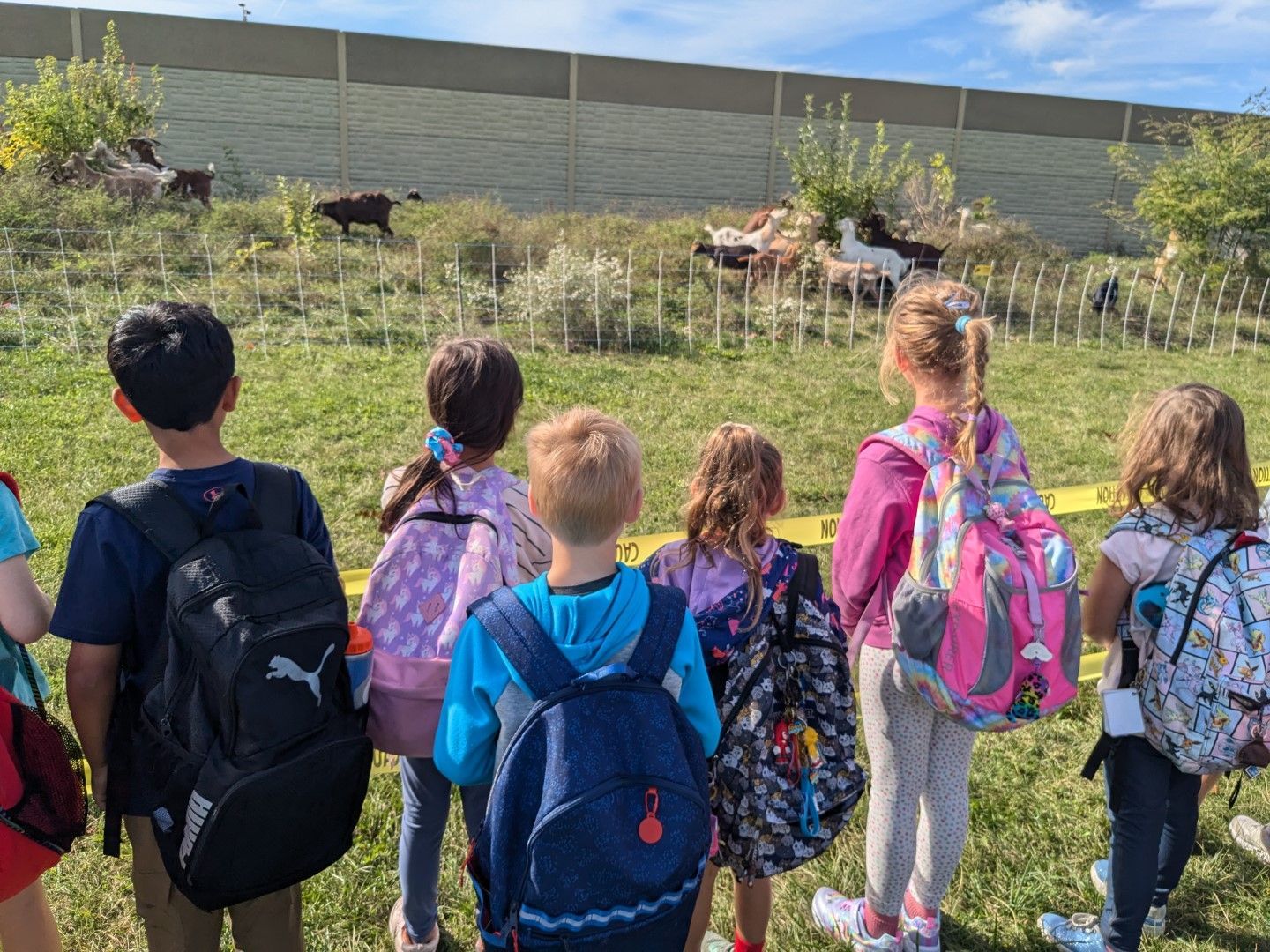A Forward-Thinking Approach to AI Education
MMS has long been recognized as a leader in innovation and progressive education. And we know that to be competitive in high school, college, and the future workforce, students must become fluent in the language and logic of AI. That’s why we’ve taken a proactive and academically rigorous approach to integrating AI into our middle school curriculum.
Rather than treat AI as a shortcut, we teach our students to use it as a thinking partner, a research assistant, and a tool for creative problem-solving. They learn to work within clear ethical boundaries, applying their own knowledge, checking the accuracy of AI-generated content, and refining prompts to achieve specific results. Our approach mirrors how professionals in technology, design, business, and engineering use AI every day.
